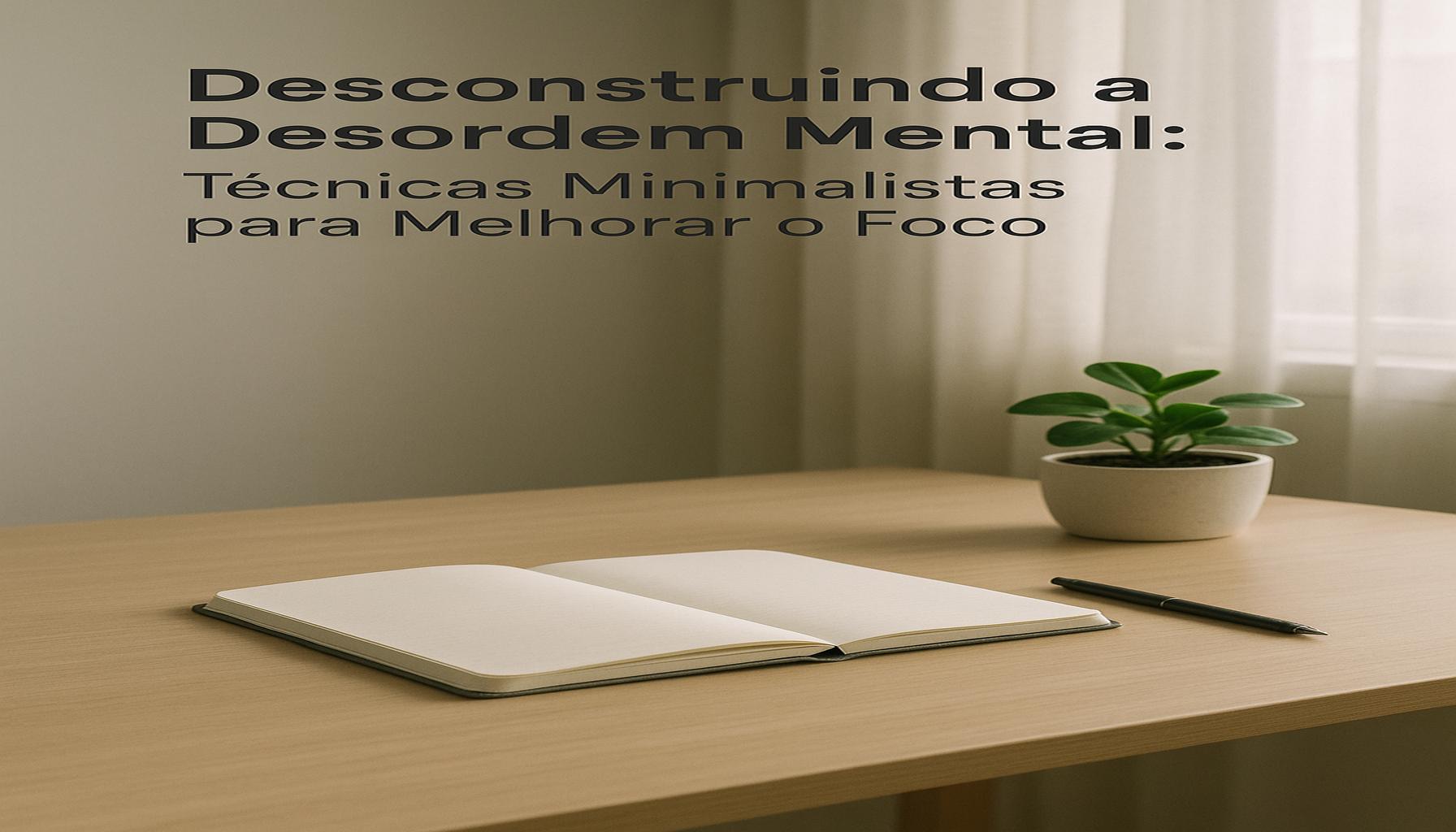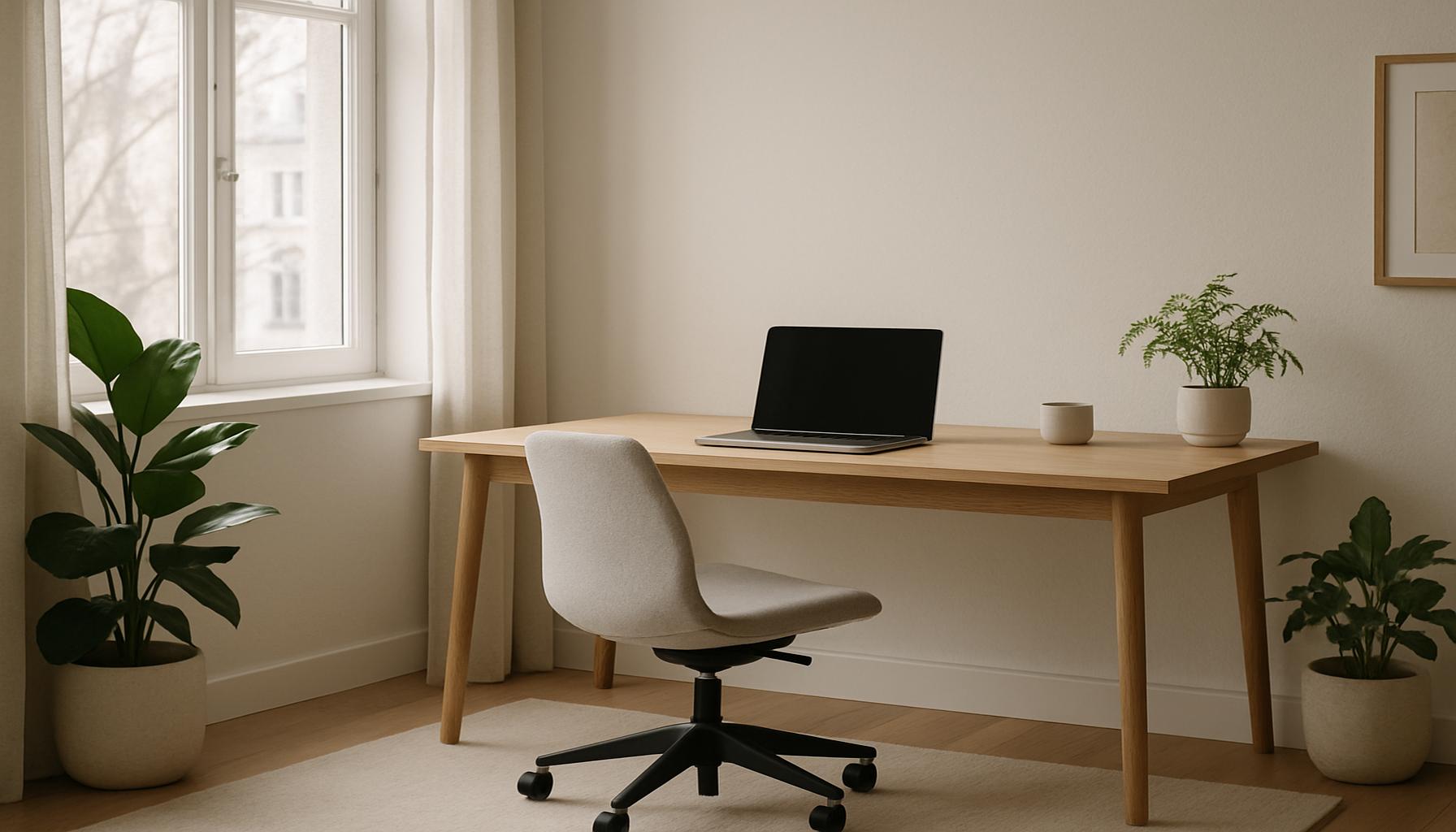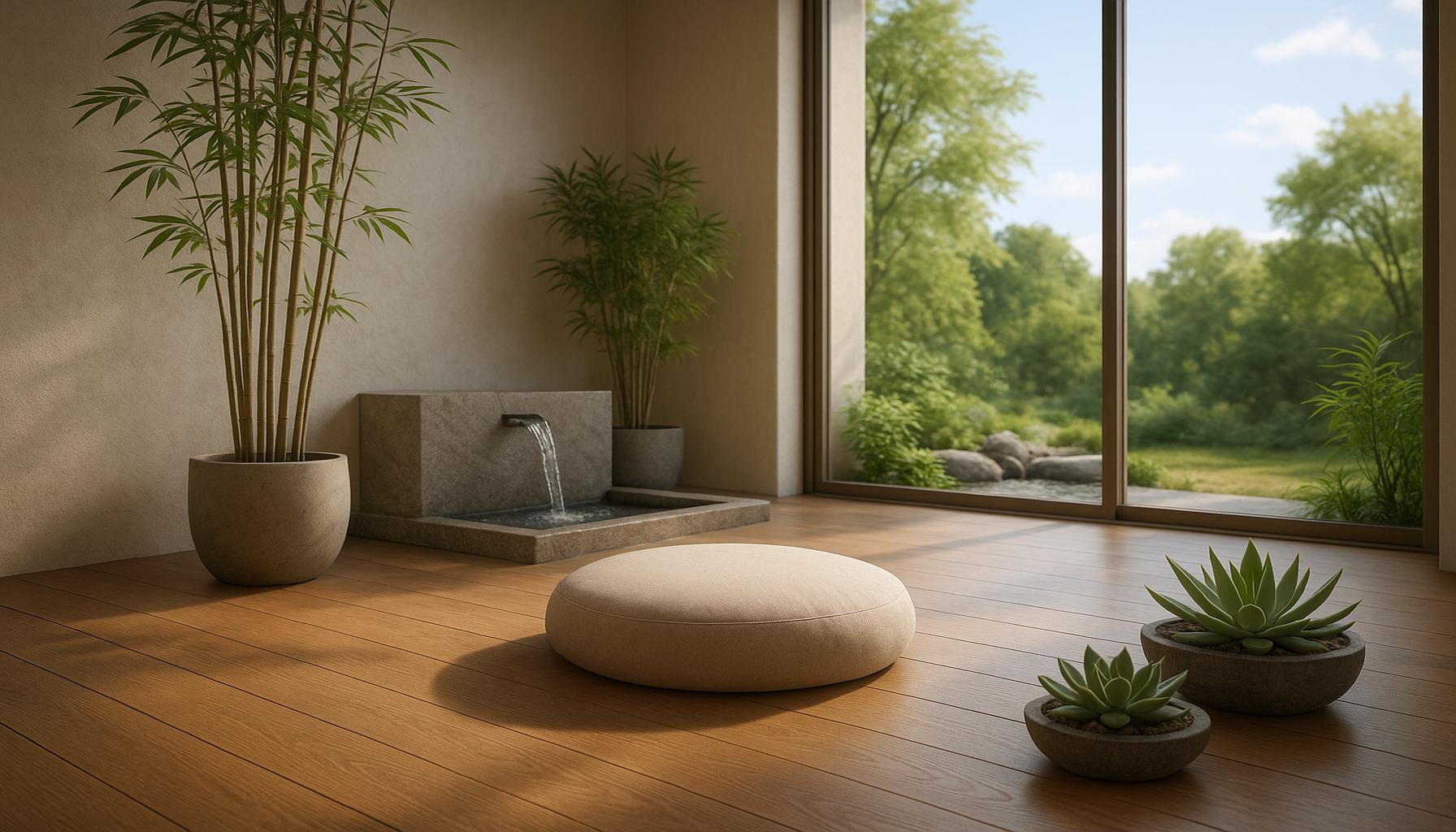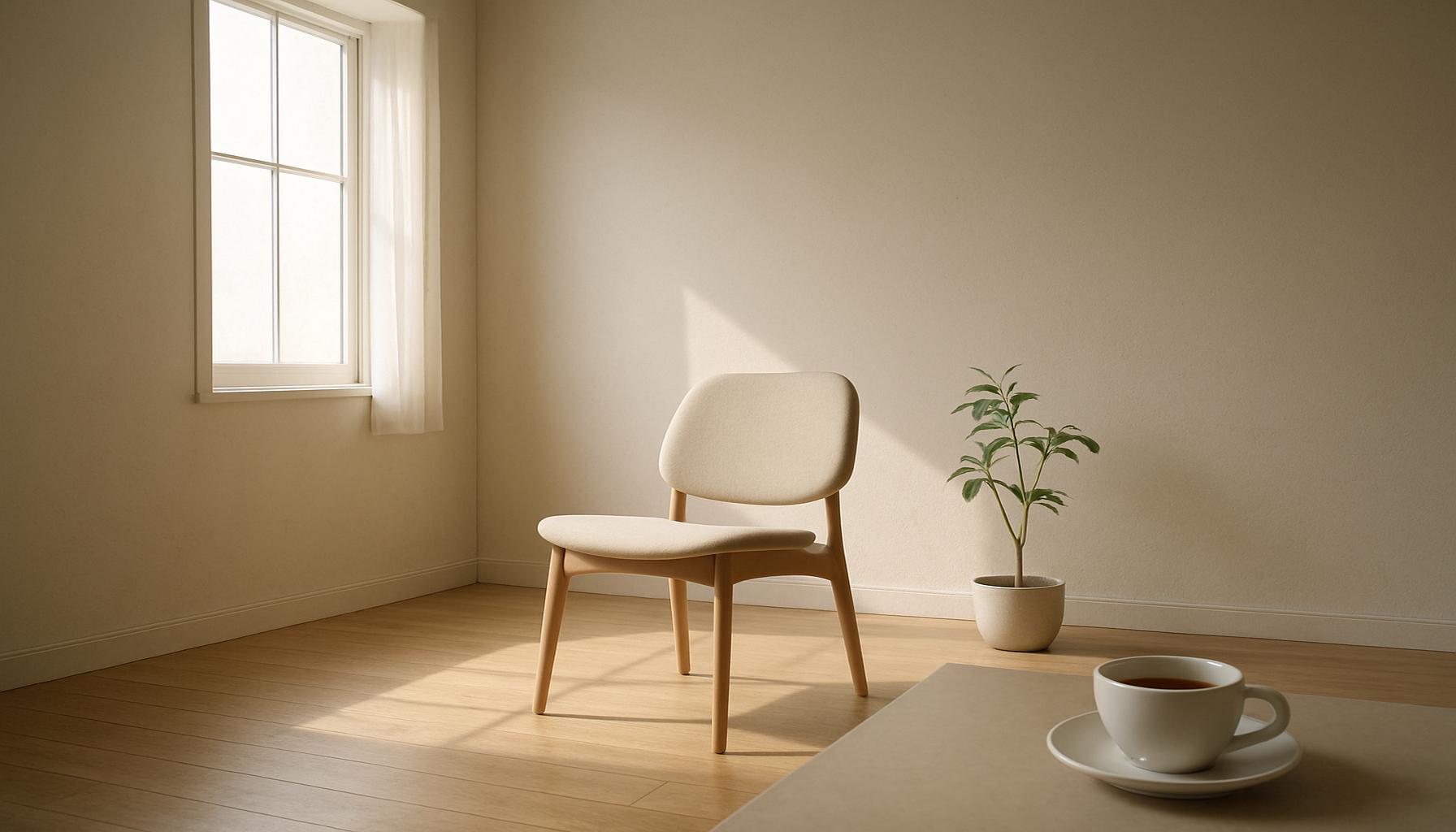Deconstructing Mental Disorder: Minimalist Techniques to Improve Focus

Exploring Mental Disorders and the Challenge of Focus
Mental disorders often create significant obstacles for individuals, impacting their ability to concentrate and derive clarity in day-to-day activities. In a society that thrives on productivity and efficiency, developing effective strategies to improve focus is more important than ever. This article delves into minimalist approaches that not only enhance mental clarity but also foster a healthier mindset, crucial for navigating a fast-paced environment.
What Makes Mental Disorders Challenging?
Mental disorders can be particularly challenging due to the unique ways they affect cognitive function and emotional well-being. For example:
- Anxiety: Individuals may experience overwhelming feelings of worry or panic. This heightened state of alertness can distract from tasks at hand, leading to difficulty in concentrating on work or conversations.
- Depression: This condition can manifest as persistent sadness, which often diminishes motivation and can create a pervasive sense of lethargy. Simple tasks may feel insurmountable, making focus seem impossible.
- ADHD (Attention-Deficit/Hyperactivity Disorder): This condition manifests primarily as challenges in maintaining attention, often leading to disorganization and impulsivity. People with ADHD may find it hard to filter out distractions, making focus an ongoing struggle.
Minimalist Techniques to Combat Distractions
Minimalism, at its core, emphasizes simplification and the removal of excess. By adopting minimalist techniques, individuals can create an environment conducive to improved focus. Here are some practical strategies to consider:
- Declutter Your Space: A tidy environment can promote a clearer mind. Studies have shown that clutter in physical spaces often translates to cluttered thoughts. Setting aside time to organize your workspace can make a significant difference in how you approach tasks.
- Limit Digital Distractions: In an age dominated by technology, reducing digital distractions by turning off non-essential notifications can boost concentration levels. Apps that block distracting websites or manage screen time can also assist in fostering a more focused mindset.
- Establish a Routine: Creating a consistent daily routine can help anchor focus throughout the day. A predictable structure not only provides a sense of stability but also enables individuals to allocate specific times for tasks, thereby reducing anxiety and procrastination.
By implementing these minimalist strategies, individuals grappling with mental disorders can enhance their focus and reclaim their productivity. Embracing simplicity in life often leads to profound changes, allowing for a clearer mindset that fosters growth and resilience. As we continue to explore the benefits of minimalism in mental health, we uncover a pathway that many can follow toward improved clarity and enhanced well-being.
DIVE DEEPER: Click here to learn how to create an organized workspace

Understanding the Root Causes of Distracted Minds
The journey towards improved focus begins with a comprehensive understanding of the underlying causes of distraction, particularly in the context of mental disorders. The human brain is inherently complex, and the impact of various mental health conditions extends far beyond emotional distress, significantly influencing cognitive processes. For many individuals battling these challenges, identifying personal triggers can be the first step toward reclaiming their ability to concentrate.
Identifying Common Triggers of Distraction
While each person’s experience with mental disorders is unique, there are commonalities in what disrupts focus. For instance:
- Overstimulation: Many individuals struggling with anxiety and ADHD may find themselves overwhelmed by sensory input, such as loud environments or brightly lit spaces, which can contribute to feelings of agitation and hinder concentration.
- Emotional Turmoil: Depression and mood swings can cloud decision-making capabilities and lead to decreased motivation. The emotional impact can often manifest physically, aggravating feelings of fatigue that impede focus.
- Task Aversion: Individuals with mental disorders might experience heightened aversion to certain tasks, often stemming from fear of failure or perfectionism. This avoidance can make focusing on even trivial activities seem daunting.
Recognizing these triggers is essential in the process of developing a personalized focus-enhancement strategy. It establishes a foundation for the subsequent minimalist techniques aimed at reducing clutter—both mentally and physically.
Simple Tools for Awareness and Organization
To effectively combat the distractions spurred by mental disorders, employing tools that promote mindfulness and organization is vital. Here are some minimalist methods that can be beneficial:
- Mindfulness Practices: Engaging in brief mindfulness exercises, such as deep breathing or meditation, can help ground individuals in the present moment, allowing for a clearer perspective. This can be especially effective for those facing anxiety or racing thoughts.
- Task Management Tools: Utilizing simple task-tracking methods, such as to-do lists or bullet journaling, can assist in breaking down overwhelming tasks into manageable parts. This technique not only keeps individuals organized but can also provide a sense of accomplishment as items are checked off.
- Time Blocking: Allocating specific chunks of time dedicated to uninterrupted work enhances focus. By setting aside defined periods for singular activities, individuals can reduce the pressure that comes from juggling multiple tasks simultaneously.
These minimalist tools can empower individuals to confront their mental health challenges head-on. By removing excessive distractions and fostering a structured environment, the path to sharpened focus becomes more attainable. Understanding oneself through this process not only illuminates personal struggles but also unveils potential strategies that can promote enduring mental clarity.
| Techniques | Benefits |
|---|---|
| Meditation | Enhances mindfulness and reduces anxiety. |
| Journaling | Facilitates the expression of thoughts, leading to clarity and improved focus. |
| Decluttering | Promotes a calmer environment, allowing for enhanced concentration. |
| Digital Detox | Reduces distractions from technology, fostering deeper focus. |
The minimalist techniques emphasized in “Deconstructing Mental Disorder: Minimalist Techniques to Improve Focus” are crucial for understanding how to cultivate focus and overall mental well-being. Each method, from regular meditation practices to the art of decluttering, addresses various aspects of mental health, allowing individuals to fundamentally reshape their interactions with their thoughts and environment.With meditation, practitioners can escape the chaos surrounding them, leading to a profound sense of serenity and control over their mental processes. Journaling, on the other hand, serves as an outlet, enabling individuals to externalize their emotions and thoughts, which is essential for reducing the buildup of internal stress.Equally, decluttering one’s space is not merely about tidiness; it’s about creating a sanctuary that invites focus rather than chaos. A digital detox stands out as a potent tool in our hyper-connected age—it reclaims time and mental space that’s often consumed by distractions, ultimately refocusing attention on tasks that truly matter.The benefits of these techniques go beyond mere productivity; they foster a nurturing ecosystem for mental health, which invites readers to explore the potential to enhance their lives through simplicity and focus. Each technique intertwines to provide a holistic approach to conquering mental disorders while sharpening focus through minimalism.
DISCOVER MORE: Click here to enhance your productivity
Implementing Minimalist Techniques for Enhanced Focus
Once the common triggers of distraction have been identified, the next logical step is to implement minimalist techniques that cater specifically to improving focus. These techniques are designed not just to alleviate distractions, but also to foster a more conducive environment for concentrated thought, particularly for individuals coping with mental disorders.
Creating a Focus-Friendly Environment
Physical space influences mental clarity significantly. Therefore, cultivating a focus-friendly environment can be transformative. Here are some strategies that can be employed:
- Decluttering Workspaces: A tidy workspace minimizes visual distractions that can divert attention. Consider adopting the “one in, one out” principle; for every new item added to your workspace, remove another. This constant practice helps in maintaining a streamlined environment.
- Incorporating Natural Elements: Studies suggest that exposure to nature positively affects mental wellness. Integrating plants or natural light into the workspace can enhance mood and productivity. Even a simple desk plant can serve as a calming presence that encourages lasting focus.
- Establishing Boundaries: It’s crucial to set physical and emotional boundaries, especially in shared spaces. Designating specific times for focused work can help others understand when interruptions should be minimized. Informing housemates or colleagues can facilitate a culture of respect for one’s focus time.
Utilizing Technology Wisely
While technology can be a significant source of distraction, it can also offer tools that help maintain focus. Leveraging technology with intention is essential:
- Focus-Enhancing Apps: Numerous applications are designed to block distractions, such as Forest and Freedom. These tools can help limit access to social media and other distracting sites during designated work periods.
- Pomodoro Technique: This time management method emphasizes working in short, focused bursts—typically 25 minutes—followed by a 5-minute break. Utilizing timers on a smartphone can add structure to productivity and give the brain the necessary pauses to refresh.
- Digital Cleanup: Removing unnecessary apps from mobile devices and organizing desktop icons can significantly decrease temptations. Creating dedicated folders for work-related applications can streamline access during focused work periods.
The Power of Routine and Ritual
Establishing a daily routine can dramatically affect overall focus and productivity. For individuals experiencing mental disorders, rituals that signal the start of work can provide psychological safety. Consider the following:
- Morning Rituals: Building a consistent morning routine that includes elements such as exercise, journaling, or a nutritious breakfast can prepare the mind for a focused day ahead.
- Work Rituals: Before beginning work, engage in a brief ritual, such as lighting a candle or practicing a few moments of deep breathing. This signals the brain to switch into “focus mode,” providing a mental cue to concentrate.
- End-of-Day Reflection: Setting aside time at the end of the day for reflection or planning for the next day can help to clear mental clutter and reduce anxiety, paving the way for enhanced focus the following morning.
These minimalist techniques enable individuals to reclaim their focus, creating a personalized armor against distractions stemming from mental disorders. Each small step taken—whether it’s modifying the physical environment, managing technology, or cultivating rituals—contributes significantly to fostering an enduring focus in the face of adversity.
DISCOVER MORE: Click here to find out how decluttering can improve your mental well-being
Conclusion: Embracing Minimalism for Mental Clarity
In our fast-paced world, the challenges posed by mental disorders often intertwine with distractions that hinder focus and productivity. By deconstructing mental disorder through the lens of minimalism, individuals can discover a pathway toward improved concentration and mental clarity. As we’ve explored, creating a focus-friendly environment is crucial; decluttering spaces, integrating natural elements, and establishing firm boundaries can profoundly enhance one’s ability to remain engaged and centered.
Furthermore, the strategic use of technology, paired with time management techniques such as the Pomodoro Technique, can serve as powerful aids in the battle against distraction. Emphasizing organized digital spaces and employing focus-enhancing apps can provide critical support for maintaining productivity in a less chaotic manner. Routines and rituals also play an essential role—transforming daily habits into grounding practices can foster psychological safety, facilitating a seamless transition into focused work.
Ultimately, while mental disorders may present unique hurdles, adopting these minimalist techniques equips individuals with the tools they need to gain control over their environments and minds. Each small adjustment—whether emotional, physical, or routine-based—contributes to building a resilient structure around focus. As awareness grows around mental health challenges, so too should the exploration of effective, minimalist strategies that pave the way for enhanced mental clarity and productivity. This journey toward improved focus not only benefits the individual but can also enrich the wider community as we collectively prioritize mental well-being and awareness.


